In an era marked by technological advancements and unpredictable disruptions, the significance of business continuity cannot be overstated. It’s the blueprint that guides organizations through emergencies, ensuring a smooth transition from crisis to normalcy. Whether it’s a cyber-attack, supply chain disruption, or natural disaster, businesses must remain resilient.
The same goes for commercial systems.
Maintaining uninterrupted operations in todays’ competitive landscape isn’t just a luxury — it’s a strategic imperative. Whether it’s safeguarding refrigeration units in restaurants or maintaining HVAC systems in healthcare facilities, staying ahead of disruptions is key to driving business continuity and ensuring resilience against emergencies.
The High Stakes of Downtime
The financial toll of system downtime is indeed staggering, but its impact extends far beyond monetary losses—it directly affects human health and safety. For instance, a malfunctioning refrigerator in a bustling restaurant can lead to health issues for it’s customers – forcing it to close down and potential fines.
Similarly, if a HVAC system at a healthcare facility fails, it impacts the patients and the business. That’s what happened at a hospital in Indiana. It had to shut down operations due to the air conditioning failure, relocate in-patients to other healthcare facilities and reschedule procedures or surgeries until the system could be replaced.
So, how can you ensure uninterrupted operations? Here are some tips to consider:
Identify the right partner: Central to ensuring 24×7 system operation is identifying a partner who offers comprehensive services – with safety as the cornerstone of their business. Make sure the business has a track record of delivering excellent customer service, expertise in servicing your equipment, quick response time and a roster of skilled technicians. Also, look for a partner who can handle all of your services needs, not just one trade.
Engage early: Whether you are renovating a warehouse or designing a smart building, involve the partner in the planning stages so you can leverage their expertise to deliver solid strategies and facilities and structural requirements – saving you headache and financial challenges mid-way through the project. Early collaboration also facilitates the identification of vulnerabilities and the implementation of preventive measures, ensuring systems remain operational round the clock.
Invest in proactive maintenance agreement: Replacing a burst water heater can cost anywhere from $5,000 to $35,000. Rather than waiting for such issues to arise, implement preemptive measures to monitor and maintain critical systems. Embracing regular inspections, predictive analytics, and scheduled maintenance not only prevents emergencies but also optimizes system performance and longevity.
Craft a contingency plan: In addition to careful planning as stated above, create a contingency plan detailing protocols for emergency scenarios like system failures or natural disasters. Identify backup systems, temporary rental alternatives or emergency repair services capable of swiftly mitigating downtime and sustaining business operations. Implementing a comprehensive plan is paramount to mitigating risks associated with prolonged downtime and revenue loss.
Bottomline: Ensuring 24×7 system operation is non-negotiable for effective business continuity. Beyond safeguarding operations, these measures mitigate financial risks and uphold customer trust. In fact, prioritizing system uptime isn’t just about maintaining business as usual—it’s about fortifying the foundation upon which sustainable growth and success are built.

